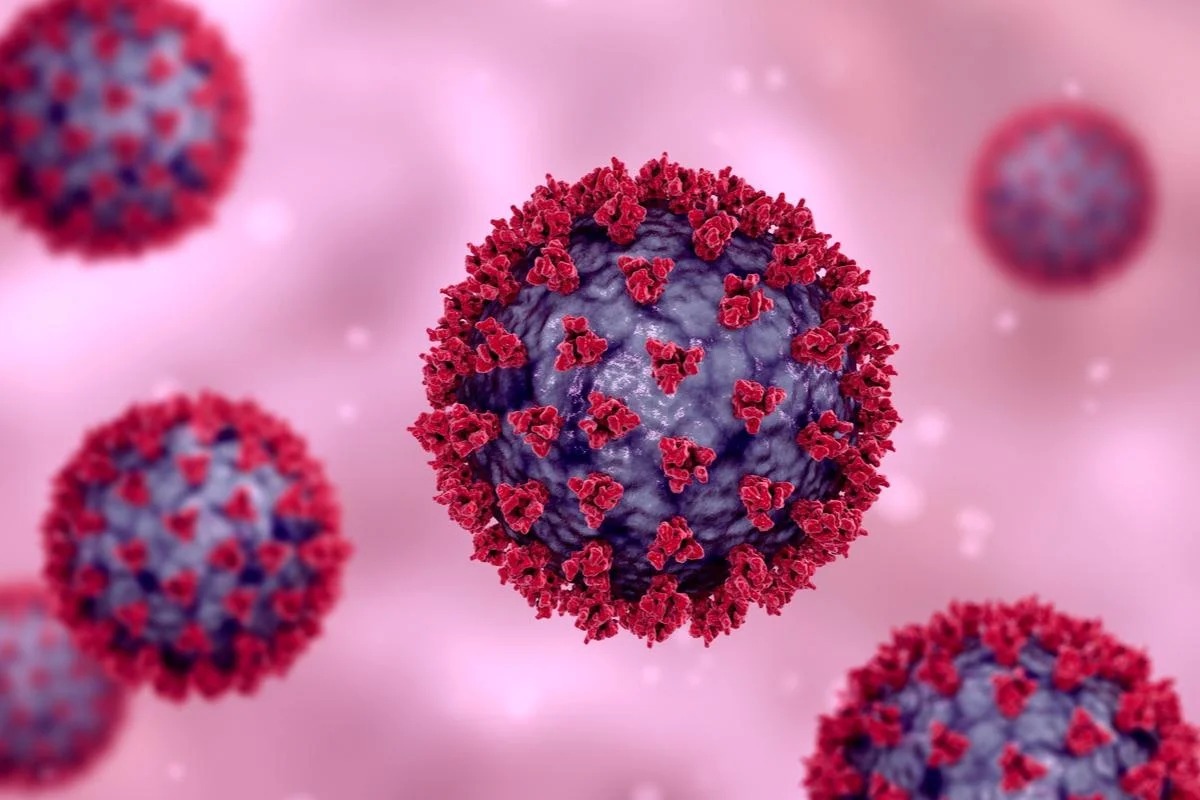
Innate immunity is your body's first line of defense against invaders like bacteria, viruses, and other pathogens. Unlike adaptive immunity, which tailors its response to specific threats, innate immunity acts quickly and broadly. But what exactly makes up this crucial system? From physical barriers like skin and mucous membranes to specialized cells such as macrophages and neutrophils, innate immunity is a complex network designed to keep you safe. Ever wondered how your body knows to fight off germs without you even realizing it? This post dives into 36 fascinating facts about innate immunity, shedding light on how this amazing system works tirelessly to protect you every day.
What is Innate Immunity?
Innate immunity is the body's first line of defense against pathogens. It acts quickly to protect against infections without needing prior exposure to the invader. This type of immunity is present from birth and is always ready to fight off harmful microorganisms.
- Innate immunity is non-specific, meaning it targets any pathogen that enters the body, not just specific ones.
- Physical barriers like skin and mucous membranes are part of innate immunity, preventing pathogens from entering the body.
- Chemical barriers such as stomach acid and enzymes in saliva destroy pathogens before they can cause harm.
- Phagocytes, including macrophages and neutrophils, are white blood cells that engulf and digest pathogens.
- Natural killer cells are a type of lymphocyte that can destroy virus-infected cells and tumor cells.
- Inflammation is a response to infection or injury, causing redness, heat, swelling, and pain to help isolate and eliminate pathogens.
- Fever is an innate immune response that raises body temperature to create an environment less favorable for pathogens.
- Complement system consists of proteins in the blood that help antibodies and phagocytes clear pathogens.
- Interferons are proteins released by virus-infected cells to warn neighboring cells and enhance their defenses.
- Toll-like receptors on immune cells recognize common features of pathogens and trigger an immune response.
How Does Innate Immunity Work?
Innate immunity involves various mechanisms that work together to protect the body. These mechanisms include physical barriers, cellular responses, and chemical signals.
- Skin acts as a physical barrier, preventing pathogens from entering the body.
- Mucous membranes line the respiratory, digestive, and urogenital tracts, trapping pathogens in mucus.
- Cilia in the respiratory tract move mucus and trapped pathogens out of the lungs.
- Lysozyme in tears and saliva breaks down bacterial cell walls.
- Acidic pH of the stomach kills most ingested pathogens.
- Defensins are antimicrobial peptides that disrupt the membranes of bacteria, fungi, and viruses.
- Phagocytosis involves immune cells engulfing and digesting pathogens.
- Opsonization is the process where pathogens are marked for destruction by phagocytes.
- Chemotaxis is the movement of immune cells towards the site of infection in response to chemical signals.
- Cytokines are signaling molecules that regulate immune responses and inflammation.
Key Components of Innate Immunity
Several key components make up the innate immune system, each playing a crucial role in defending the body against infections.
- Macrophages are large phagocytes that engulf and digest pathogens and dead cells.
- Neutrophils are the most abundant white blood cells and are among the first responders to infection.
- Dendritic cells capture antigens and present them to T cells, bridging innate and adaptive immunity.
- Basophils release histamine during allergic reactions and inflammation.
- Eosinophils target parasites and contribute to allergic reactions.
- Mast cells release histamine and other chemicals during allergic reactions and inflammation.
- Pattern recognition receptors (PRRs) on immune cells detect pathogen-associated molecular patterns (PAMPs).
- Inflammasomes are protein complexes that activate inflammatory responses.
- Acute-phase proteins increase in response to inflammation and help fight infection.
- Antimicrobial peptides are small proteins that kill bacteria, fungi, and viruses.
Differences Between Innate and Adaptive Immunity
Innate immunity differs from adaptive immunity in several ways, including speed, specificity, and memory.
- Innate immunity responds quickly, within minutes to hours, while adaptive immunity takes days to weeks to develop.
- Innate immunity is non-specific, targeting a broad range of pathogens, whereas adaptive immunity is highly specific to particular pathogens.
- Innate immunity does not have memory, meaning it responds the same way to repeated infections, while adaptive immunity remembers previous encounters and responds more effectively.
- Innate immunity involves physical barriers, phagocytes, and chemical signals, while adaptive immunity involves T cells, B cells, and antibodies.
- Innate immunity is present from birth, while adaptive immunity develops over time with exposure to pathogens.
- Innate immunity provides immediate defense, while adaptive immunity provides long-lasting protection.
Final Thoughts on Innate Immunity
Innate immunity, our body's first line of defense, plays a crucial role in keeping us healthy. This system, present from birth, acts swiftly against invaders like bacteria and viruses. Unlike adaptive immunity, it doesn't need prior exposure to recognize threats. Key players include physical barriers like skin, cells such as macrophages, and proteins like cytokines. These components work together to identify and neutralize harmful agents.
Understanding innate immunity helps us appreciate how our bodies fend off daily threats. It also highlights the importance of maintaining a healthy lifestyle to support this system. Proper nutrition, regular exercise, and adequate sleep can boost its effectiveness.
In essence, innate immunity is a remarkable, complex system that tirelessly protects us. By learning about it, we can make informed choices to support our health and well-being. Stay curious, stay healthy!
Was this page helpful?
Our commitment to delivering trustworthy and engaging content is at the heart of what we do. Each fact on our site is contributed by real users like you, bringing a wealth of diverse insights and information. To ensure the highest standards of accuracy and reliability, our dedicated editors meticulously review each submission. This process guarantees that the facts we share are not only fascinating but also credible. Trust in our commitment to quality and authenticity as you explore and learn with us.


